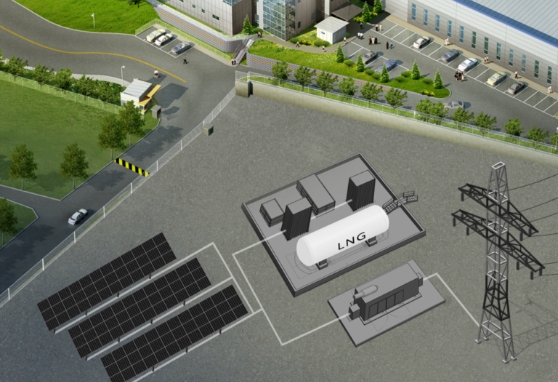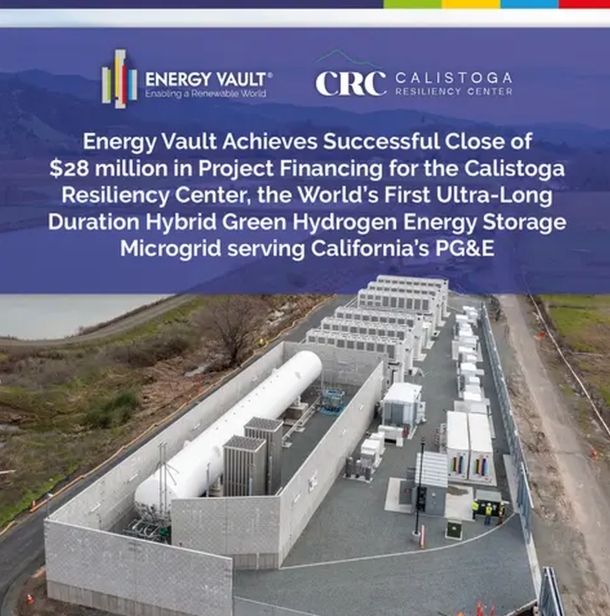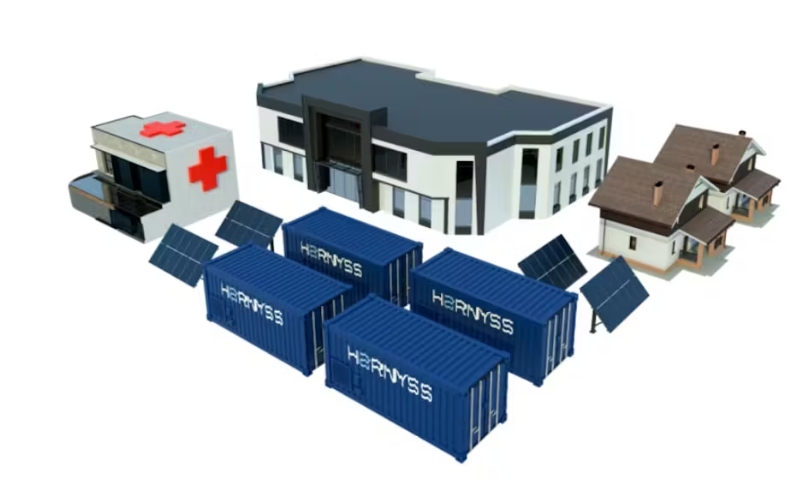From an economic development point of view, microgrids offer key benefits to end users: resiliency/reliability, power quality, cost effective growth in a timely fashion, and the potential for reduced energy costs. Microgrids can deliver both resiliency (i.e., the ability to keep key loads up during major power outages and disasters) and reliability (i.e., continuous power through minor faults and outages) via microgrid controllers that optimize on-site generation and storage seamlessly during outages. They can also provide improved power quality, ensuring steady voltage and controlling reactive power, harmonics, and other power quality dimensions that can be damaging to equipment and cause system failures. By adding additional generation resources, a microgrid can allow its consumers to expand and increase their energy consumption in circumstances where grid congestion could have prevented or delayed such growth.
In addition, by leveraging a microgrid’s energy resources, the site owner can often participate in energy, capacity, and grid services markets and pass the energy cost savings (or additional revenue streams) along to tenants. Over time, grid operators are continuing to open up ways for microgrids to generate income for the value they provide to the grid, so investments made in that infrastructure today will likely pay increasing dividends down the road through participation in grid services.
The Navy Yard has even developed an Energy Master Plan that calls for integration of clean energy resources and the development of dynamic pricing schemes for tenants that would simultaneously make the energy supply cleaner and drive energy costs down further.
Microgrids can be used as a good marketing tool for real estate investors and developers as well, attracting potential tenants that need “high nine” reliability. A site with a reliable energy supply that can function during grid outages may help differentiate among potential sites and attract a tenant to a particular piece of real estate, perhaps even commanding a rent premium over other options.
The comprehensive microgrid at the Philadelphia Navy Yard in Philadelphia, Pa., represents a strong example of how such a project can unlock economic development potential. A redevelopment of a former naval shipyard just south of Philadelphia’s core, the Navy Yard provides facilities for 150 companies across 7.5 million square feet of commercial space. PIDC, Philadelphia’s public-private economic development corporation, partnered with Ameresco to build an 8 MW natural gas-fired peaking plant at the heart of what is one of the largest private microgrids in the U.S.
The plant runs during peak demand periods to deal with load congestion challenges associated with the local grid, thus allowing the campus to continue to grow. As the campus grows, Ameresco can simply expand the plant to meet the needs of the real estate development efforts. The peaking plant participates in PJM’s ancillary services market (Synchronous Reserve and Economic Demand Response) and is also dispatched to minimize the site’s Peak Load Contribution (PLC), driving significant economic benefit to the Navy Yard, and improved reliability to the broader grid. Finally, the facility is black-start and island mode capable, allowing it to support critical loads within the campus during a grid outage.
The Navy Yard has even developed an Energy Master Plan that calls for integration of clean energy resources and the development of dynamic pricing schemes for tenants that would simultaneously make the energy supply cleaner and drive energy costs down further. While Philadelphia’s ambitions to support robust economic development were high, it realized that it would need to strengthen its energy infrastructure to achieve it; this innovative microgrid helped support Philadelphia’s economic development objectives.
Using microgrids to support economic development has broad potential given how well they work in a range of settings, both in the developed and developing world and on a range of scales thanks to their modular nature. Public-private partnerships (PPPs), such as the consortium behind the Philadelphia Navy Yard’s microgrid, are a great way to finance microgrid investments and engage the private sector in local governments’ long-term economic development efforts. Therefore, while it remains a nascent opportunity today, we see increasing use of microgrids as a driver of economic development as the cost of microgrid-enabling technologies continues to decline, and we encourage real estate developers to consider how microgrids can provide benefits to major economic development campus projects going forward.
Thomas Lyons is vice president – asset development, at Ameresco.







